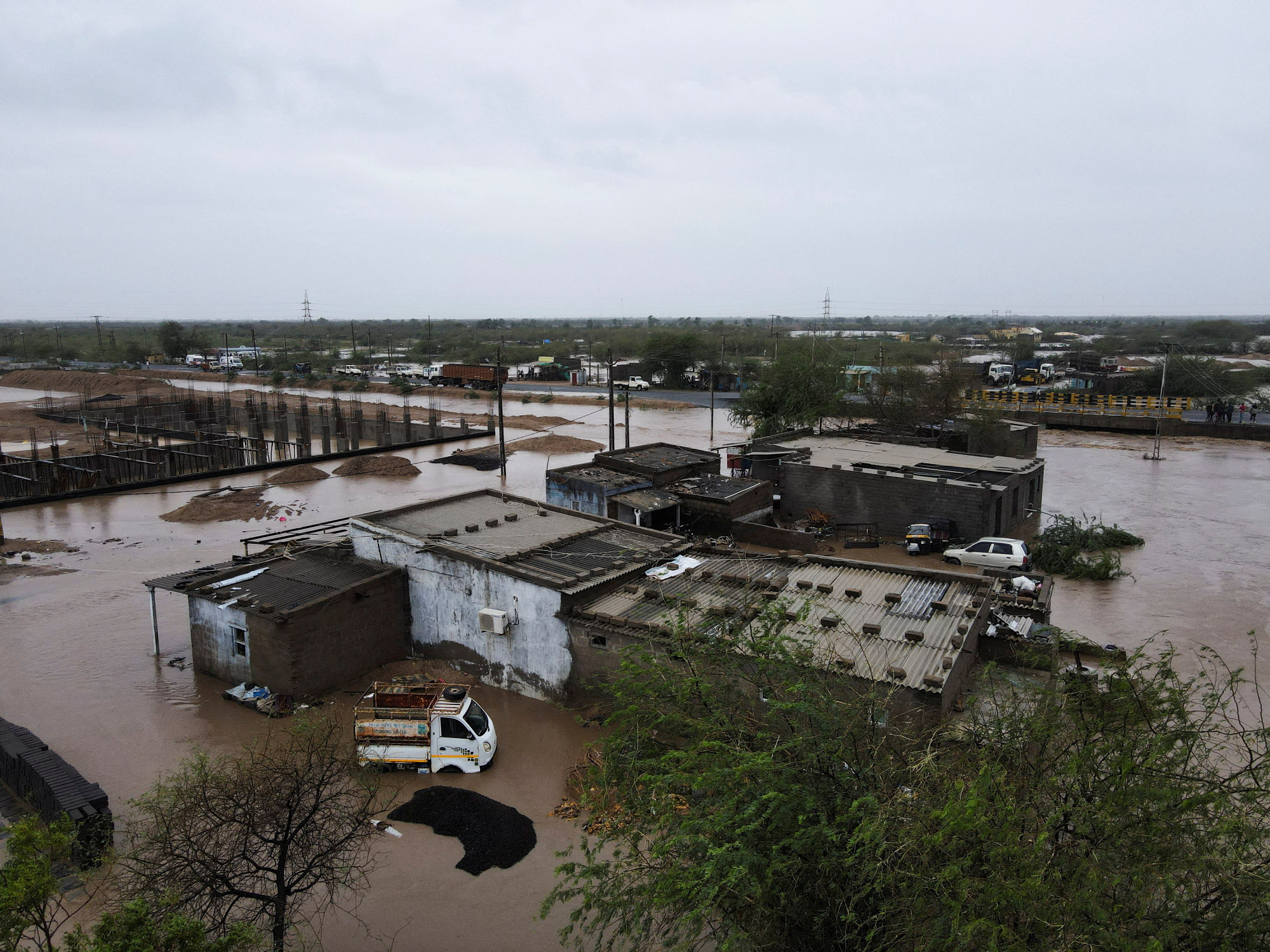Traditional weather forecasting by India’s meteorological department has often been ridiculed because of its wrong predictions and briefings full of jargon that ordinary citizens cannot understand.
He receives queries from a diverse group of people – from factory operators interested in wind direction for ventilation to farmers waiting for rain before planting seedlings.
“We give out information in much simpler and relatable terms, and we explain the reasons behind certain weather,” Subramanian, a wedding and corporate photographer by profession, said.

‘We had to wait for television’
Chennai-based Balakrishna Shankar, vice-president of a PR company, started following weather bloggers religiously after Indian meteorological officials failed to predict the heavy rain in Chennai in 2015 that led to massive floods killing more than 200 people.
“Independent weather bloggers had predicted at least 25cm rainfall while the met department had only issued a red alert, which didn’t give out clear warnings on how much rainfall was expected,” Shankar said. “Plus, there were no live updates on the met department website, and we had to wait for television interviews, which were mostly recorded much before real-time.”
Similarly, in 2021, the Chennai met department failed to predict heavy rainfall because two weather radars were under maintenance. Last year, it was criticised heavily by the Tamil Nadu state government for failing to forecast heavy rain that again led to floods in December. State Chief Minister MK Stalin said the “red” alert for rains was issued after the downpour started.
In Kolkata, an eight-member photographer team, Kolkata Cloud Chasers, has been tracking and hunting down storms. Last month, they travelled nearly 70km to Gurap, chasing clouds that could have caused the Nor’wester thunderstorm, or so-called Kalbaisakhi that typically occurs in the Gangetic region of West Bengal, Jharkhand, Odisha and Bangladesh.
While the team was giving away live updates on Instagram to its more than 2,100 followers and over 6,000 users on its Facebook page, team member Chirasree Chakraborty noticed people wanted to know about the arrival of the Kalbaisakhi to get some relief from an ongoing heatwave.

Explaining the reasons behind the delay in the arrival of the storm, Chakraborty, 50, said that there had been an absence of favourable atmospheric conditions over the Jharkhand plateau area, where the weather phenomenon typically forms.
Kolkatans were likely to miss the initial phase of Kalbaisakhi due to the heat island effect, pollution, and lack of water bodies to break storm cells, Chakraborty said.
Like Chakraborty, Chennairains’ Srikanth is regularly solving climate change riddles.
In one of his blog posts, Srikanth explained that an active late-season surge of westerly troughs over the past few weeks was instrumental in making peninsular India abnormally hot while the northern and central parts of India were cooler than normal summer.
“These regular westerly troughs brought large-scale rain events to places like the UAE,” said Srikanth, referring to the country’s heaviest rainfall in 75 years on April 16 that had flooded its airport runways.
Srikanth, a marketing professional, who has been running Chennairains for the past 10 years, said his updates offered “probable” weather, and never claimed to be “definite”.

Mumbai-based former industrialist Rajesh Kapadia, 70, who has been curious about satellite images, pressure charts and wind speed since he was 15, was the first independent weather blogger in India. His blog, Vagaries of the Weather, has been giving out weather updates and analysis since 2007.
“We offer statistical analysis of the rainfall, explain the formation of cyclones, movement of storms and polar vortex in simple terms,” Kapadia, who runs WhatsApp broadcast channels for Mumbai and Pune residents.
‘He has never gone wrong’
Farmer Shyamraj Kashinath Sonne, 57, who grows cotton, corn and ginger, in drought-hit Aurangabad’s Khamba village, said that he planned his farming schedule according to Kapadia’s predictions about delays in rainfall or dry spells in between monsoons. This year, Kapadia predicted the monsoon would hit Aurangabad by the third week of June.
“He has never gone wrong, his prediction gives us a sense of relief about the farming season,” Sonne said.
Tesla’s India electric vehicle plans on track despite Musk postponing visit
Tesla’s India electric vehicle plans on track despite Musk postponing visit
Pune Anupam Kashyapi, a former head of weather forecasting at India Meteorological Department-Pune Anupam Kashyapi, acknowledged there were gaps in weather communication at the government’s met department. Independent weather bloggers, however, should also be accountable for their predictions, he said.
These bloggers must have some scientific knowledge about weather and climate change, according to Kashyapi.
“The met department and the weather bloggers can complement each other if the latter do their job with integrity and honesty, and not sensationalise weather stories.”

